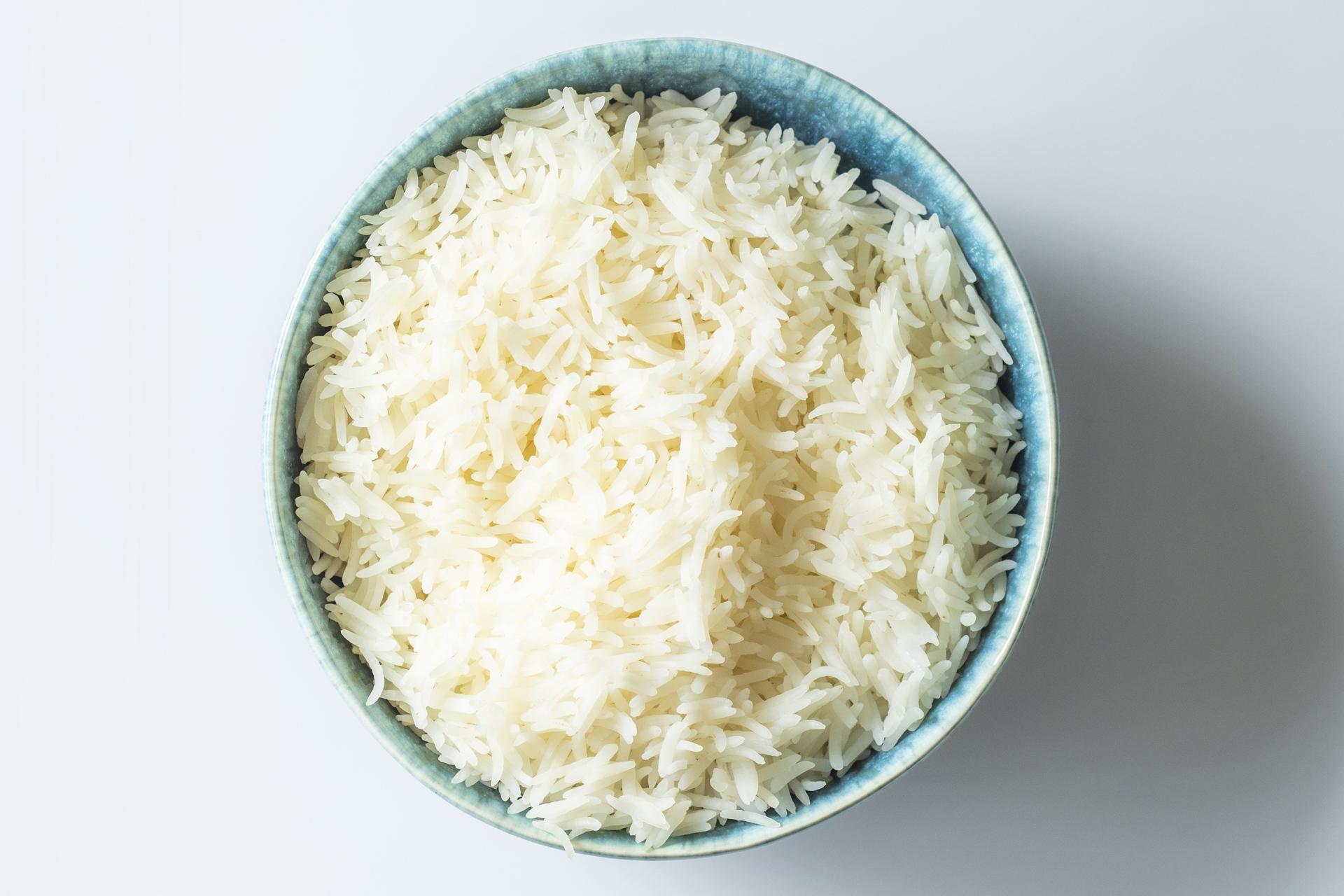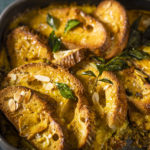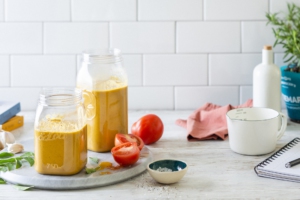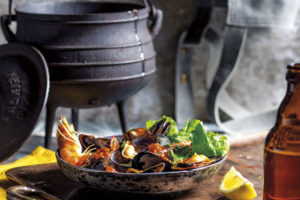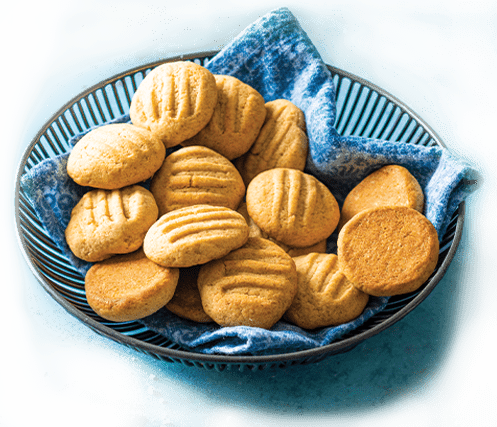Cooking a bowl of the fluffiest rice is easy, says the FL team. There are a few things to keep in mind, but once you know the basics, you’re sorted
WHAT RICE WHEN
There are generally two types of rice varieties: short-grain and long-grain.
Sushi rice and arborio rice are examples of short grain, while basmati is a long-grain rice. Short-grain rice releases more starch during cooking, making it sticky or creamy – which makes arborio ideal in risotto, for example.
Always make sure that you use the correct rice for the correct dish.
THE ALL-IMPORTANT RATIO
The golden rule: the water you’re cooking the rice in should be at a rolling boil and should be well salted. The general ratio for this is 2 cups liquid for 1 cup uncooked rice.
Once the rice grains are cooking, give it one quick (emphasis on quick) stir to avoid clumping and releasing too much starch. Note, stirring rice regularly will break down fibres and release starch, which will leave you with a sticky mess and broken rice grains.
Cook rice for at least 15-18 minutes for 1-2 cups of rice. Don’t overcook as it can easily turn into thick, sticky grains. Always do a taste test at about 12-13 minutes – the rice should have a slight ‘bite’ to it but still be plump and fluffy.
The secret to rice that comes out just right: drain using a colander and rinse cooked rice with cold water. Then place the colander of rice back over the hot pot with some water in it and steam for 5 minutes. This removes the starches and prevents the granules from sticking together (unless this is the consistency you’re after).
SPICE UP YOUR RICE
You could get creative and use a half-stock, half-water combination is a great way to add subtle flavour to rice.
Adding whole or ground spices to the cooking water is an easy way to make savoury rice. Or fry some spring onions in sesame oil, add cooked rice and whisked egg for your very own egg-fried rice.
Rice is a versatile ingredient and more than just a side dish or an accompaniment. Think of a delicious akhni or biryani, which relies on rice as the main ingredient – a classic example of how aromatics can add so much flavour.

